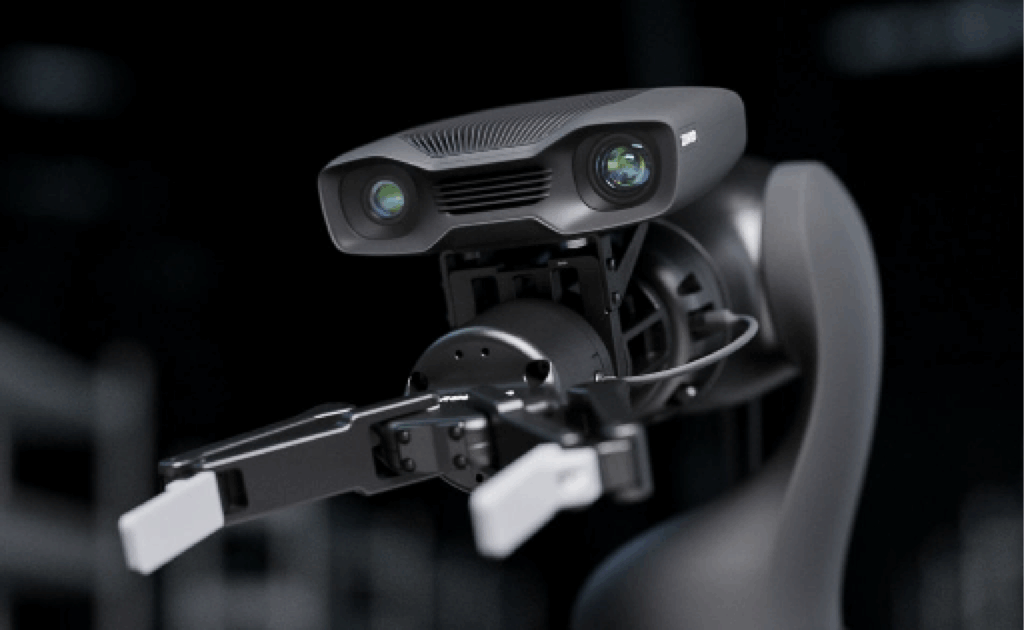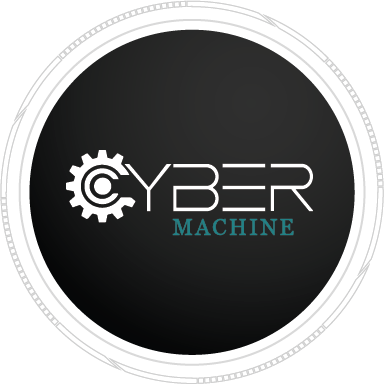
CAMERA VISION AND AI
Cyber Will Provide Cutting-edge Solutions
Tailored To The Needs Of Various Industries,
Using Ai And Camera Vision!
CYBER will upgrade your automated process with camera vision using AI. ground breaking concepts, we are driving forward the evolution of robotics in the region.
Improving Perception Skills.
Cameras play a vital role in vision-guided robotics, enhancing perception abilities significantly. Through the visual data captured by camera sensors, robots gain extensive knowledge about their surroundings. Employing diverse image processing techniques, robots extract valuable insights from this data, empowering them to perceive, understand, and engage with their environment more effectively.
How Does Robot Vision Work?
Robot vision operates through the incorporation of one or multiple cameras into the
robotic framework. Positioned either at the end of the robotic arm as the machine’s “eye”or independently from the robot, these cameras, alongside corresponding software, facilitate object recognition and barcode and QR code scanning. Through programming, the robot
undergoes learning to discern objects and codes necessary for its operations. Subsequently, 2D or 3D scans of these entities are conducted and stored within the software, allowing for the assignment of specific tasks to them.
The Functionalities Of Robotic Vision.
The integration of a vision system opens up numerous opportunities for robots that were
Previously unavailable. For instance, robots equipped with cameras can now conduct
Optical inspections, sort objects, and make measurements.
Apart from learning new tasks, vision offers several advantages for routine operations.
For instance, in a basic pick-and-place setup, ensuring consistent presentation of
objects to the robot is crucial. This necessitates additional devices or structures, such as
a feeding system, to maintain uniformity and enable precise object localization for the
robots.
Consider a scenario where standardized supplies are used, but the robot needs to handle
various objects of different shapes. Or imagine a production setup with small batch sizes
and frequent product changes. In such cases, rapid adaptation of the robot becomes
crucial, allowing it to quickly recognize and handle new objects. Vision technology
enables this flexibility, even enabling seamless transitions between different parts and
products on the same production line. By recognizing objects, the robot can determine
the next step in the process, eliminating the need to reprogram a “blind” robot that
operates on fixed assumptions.
Robot Vision Finds Applications In Various Fields,ncluding
Manufacturing: Automated inspection, quality control, assembly, pick-and-place
operations.
Logistics and Warehousing: Package sorting, inventory management, warehouse automation.
Agriculture: Crop monitoring, fruit picking, precision agriculture.
Automotive: Vehicle assembly, defect detection, autonomous driving.
Research and Development: Experimentation, data collection, prototype testing.
